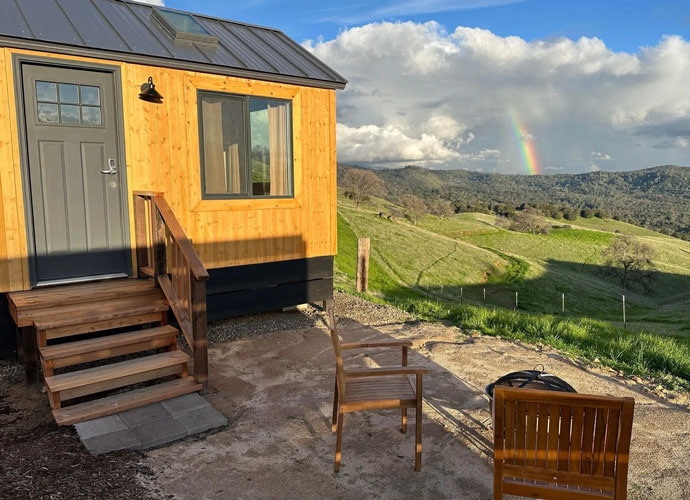When Is The Summer Solstice & Where To Celebrate
June 21 marks the summer solstice, or the longest day of the year.
WHAT IS THE SUMMER SOLSTICE?
The day, which is glamorized for having the longest period of sunlight and shortest of darkness year round in the northern hemisphere, also marks the official start of the summer season. The sun reaches its highest point in the sky at noon, above the Tropic of Cancer.
Ancient cultures generally held festivals in celebration for the solstice. At this time, crops also began to ripen, and so spirits and gods in charge of fertility were to be praised and thanked. In some areas, festivals are still held for this reason.
In Paris, for example, the “Fête de la Musique” sees bands play throughout the evening. Traditionalists will travel to Stonehenge dressed in Druid gowns and floral crowns to watch the sunrise. Though it is unconfirmed, many believe Stonehenge was built to record the sun’s movements, and to determine when the summer solstice would fall.
Bonfires, which represent the sun, are burned in many solstice celebrations, particularly in Germany to honor the Sun Goddess Saule. In more morbid cultures of the past, people would be sacrificed at the stake in the fire.
In Rome, people will gather in the Parthenon to witness the only time in a year when the sun will cast a perfect spotlight on the marble floor through the hole in the roof. Some Romans also still celebrate the Vestalia, a two-week long celebration of the Goddess Vesta.
In Australia, which at the same time will be celebrating the southern hemisphere’s winter solstice, revelers will hold midnight yoga sessions. They do this in New York as well.
Some Christians and church leaders frown on the idea of spiritual yoga. Pope Francis has even warned that “a million courses in yoga, Zen, and all these things…will never be able to give you freedom.” Some even consider yoga to be a form of satanic worship.
RELATED ARTICLES
Get the most-revealing celebrity conversations with the uInterview podcast!








Leave a comment